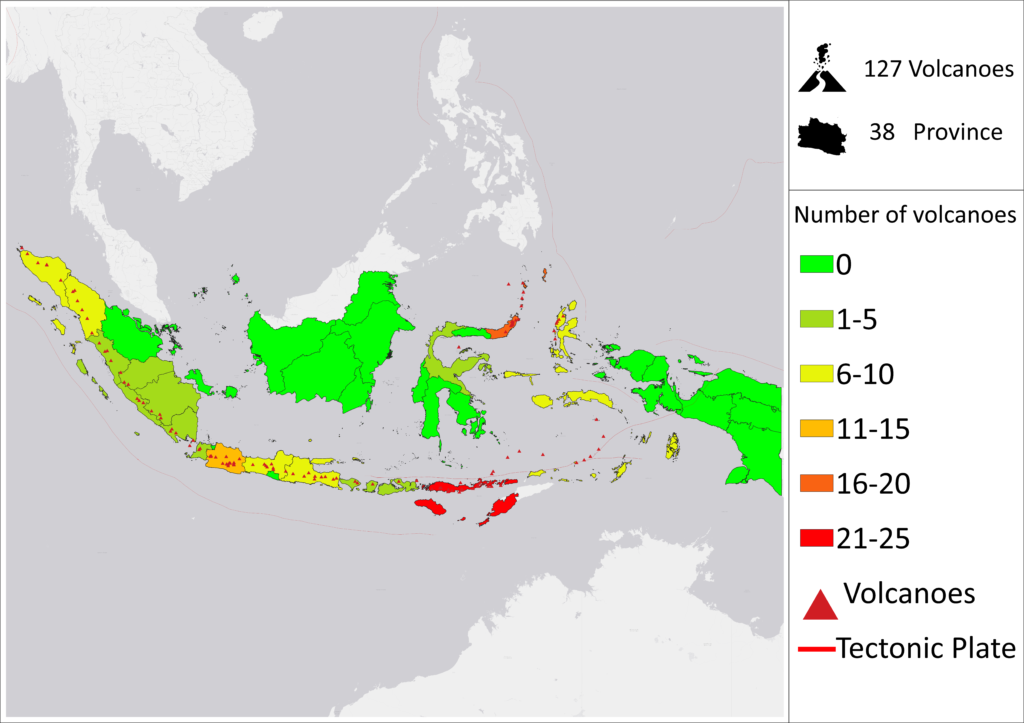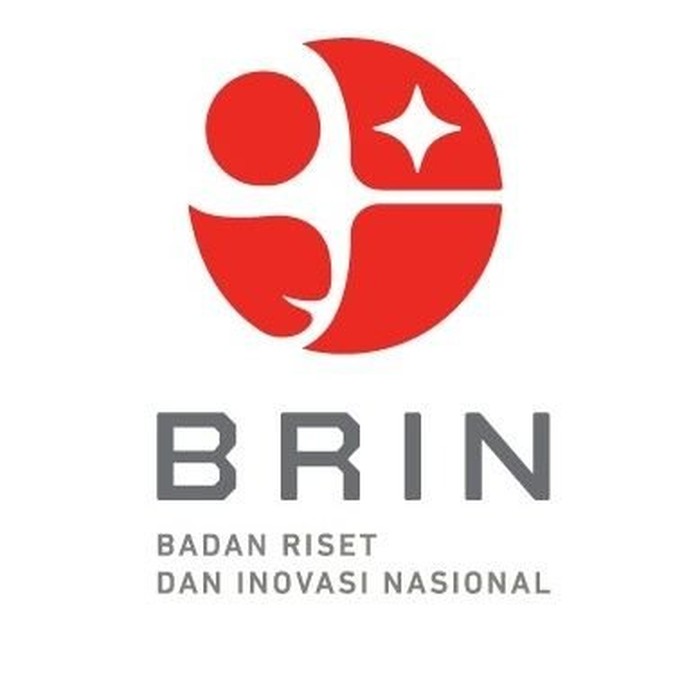The lack of dynamism in current volcano hazard assessments has led to inappropriate disaster risk assessment and decision-making. Not infrequently, the distribution of eruption products does not correspond to hazard-prone areas, some areas are affected, even though they were not predicted to be included in hazard-prone areas. Volcanic hazards are very likely to change (dynamic), therefore volcanic hazard assessment is made in the form of long-term scenarios when volcanic activity is normal, as well as short-term when volcanic activity increases (unrest).The entire study of volcanic hazard assessment in the long term and short term will be integrated with Geographic Information System (GIS) and machine learning methods on a volcanic hazard assessment platform in Indonesia (Indonesia Volcanic hazard Assessment – InaVHa).
The products we produce can also be used by the community and related stakeholders (e.g. local governments), to understand the hazards that exist in the surrounding environment, so that they can be the basis for making various appropriate policies, such as proper spatial planning, so that hazard-prone areas are free from the community, to minimize material losses and avoid casualties.
The InaVHA platform will design a system that allows for the automatic updating of volcanic hazard assessments, both in the long and short term, when there are changes in the data that constitute the assessment parameters through a multi-method approach, including the study of volcano geology, seismicity, deformation, chemical and physical properties of eruption products, and remote sensing.
Long-term volcanic hazard assessment based on geological and geomorphological conditions of the volcano, types and characteristics of volcanic products, seismicity data, deformation, and remote sensing data during normal volcanic conditions, integrated through GIS and machine learning methods.
Short-term volcanic hazard assessment through integration of long-term volcanic hazard assessment with current volcanic activity data when the volcano is in the unrest phase, integrated through GIS and machine learning methods.



About Us
We are committed to providing the best service regarding volcanic hazard assessment.


This website uses cookies to provide you with the best browsing experience.